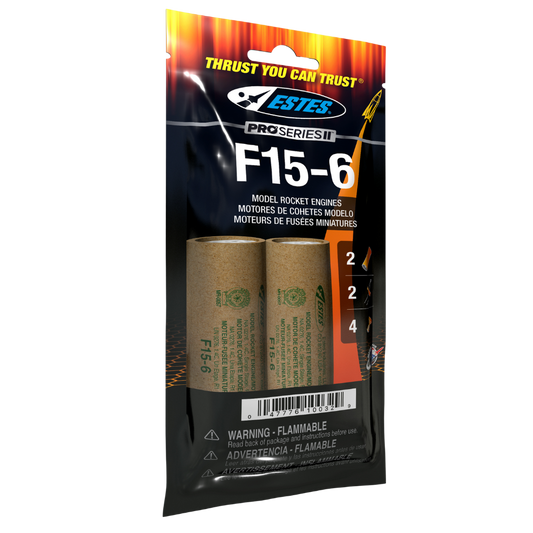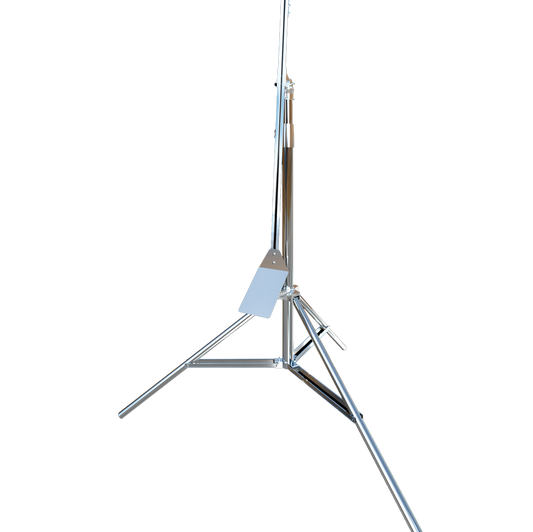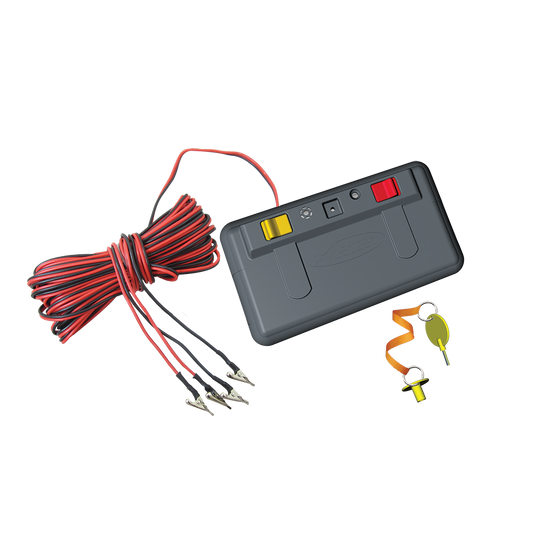The Pro Series II™ Scorpio 3D introduces students to the intersection of aerospace engineering and digital fabrication. Ideal for middle school, high school, and post-secondary programs, this intermediate-level rocket gives learners the opportunity to 3D print and assemble their own flight-ready components, building critical thinking, problem-solving, and maker skills along the way.
Includes Downloadable 3D Print Files
After purchase, educators and students receive access to downloadable STL files in both standard and metric units. These files include the rocket’s nose cone, body tube coupler, fin can, male and female engine retainers, and six different tail fin designs—offering full flexibility for fabrication and experimentation. Designed to be support-free, the parts are easy to print using common classroom 3D printers.
Real-Time Testing and Aerodynamic Exploration
With its twist-lock fin system, the Scorpio 3D allows students to easily swap out fins and observe how different shapes influence flight behavior, stability, and altitude. It’s an engaging way to introduce variables, data collection, and engineering design practices—all while launching real model rockets up to 1,000 feet.
Educational Specs
The rocket stands 41.5 inches tall, has a 2-inch diameter, and weighs approximately 17 oz. It uses a 24-inch ripstop parachute for recovery and supports Estes E16-4 or F15-6 engines. Compatible with both 1/4 inch rods and 1010 rails, the Scorpio 3D is designed to work with the Estes Pro Series II™ Launch Pad or Launch Rail systems.
Recommended 3D Printing Guidelines
Suggested printer settings include PLA+, PETG, or ABS filament, 7% gyroid infill, a wall thickness of 3 lines with a 0.4 mm nozzle, and a 3 mm (or wider) brim. No supports are required, making this a classroom-friendly print experience that minimizes cleanup and setup time.
3D Printer Size Requirements
To print the nose cone in a single piece, your 3D printer must have a build height of at least 260 mm. If your printer doesn’t meet this requirement, the nose cone can still be printed in multiple sections and glued together. This alternative method works well but does require a bit more precision and model-building experience to ensure a clean final result.
**A 3D printer is required to use this product; 3D printer sold separately.**







